Spending a week visiting Japanese temples has been very eye-opening. Shinto, in particular, is a very distinct religious tradition and seeing it first-hand taught me a few things, some new, and others just reinforced in a new way. Encounters change us. Here’s what nine days in these incredible islands have taught me.
Nature–Based
I cannot stress enough how central nature is to Japanese religion. This is especially true in Shinto where the kami (spirits) are part of nature but it influences Buddhist temples here too. Shinto shrines are outside. Sometimes you are under cover but you are essentially never inside. At large shrines, you wander from building to building, altar to altar, wander up hills, over bridges and through immaculate gardens with awe-inspiring trees….but always outside. Rather than sit and listen, you walk and experience. There’s literally no place for a congregation to gather. People stop briefly at main shrines and offer a prayer for 2-4 minutes, but otherwise, they move, encompassed in a beautiful landscape.
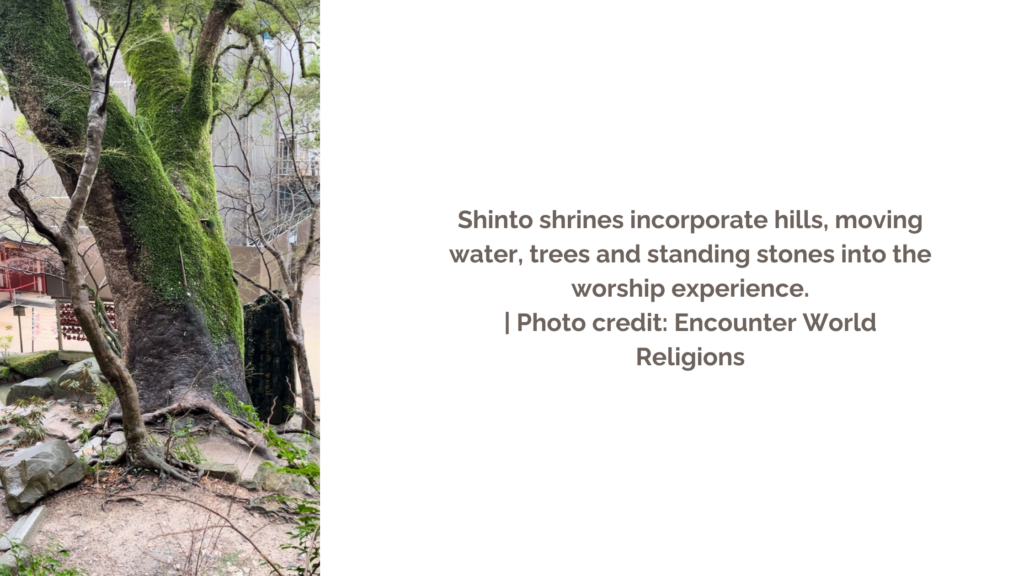
The main shrines are often built on mountain sides. The natural beauty surrounds you in carpets of moss, giant trees, and moving water. City shrines still incorporate old growth trees or have Japanese gardens as part of their grounds. The large trees are often seen as kamis (spirits or gods) in their own right.
Culture and Religion
Culture and religion are always deeply entwined and in Japan this plays out in several ways:
Purity
Shinto’s central concern is purity and pollution. This emphasis plays out in the culture’s attention to cleanliness. My fellow travellers and I have all been astonished at how clean Japan is. Forgive this detail but even the large washroom in Tokyo’s busiest subway station was clean. There is virtually no litter. Some reading I did before coming suggested that when Europeans arrived in the 1600s, the Japanese were appalled at how dirty the Europeans were as the Japanese bathed daily while the Europeans did so maybe twice a year. I don’t think this is a coincidence. Religion shapes us and emphasizing purity leads to a culture that values cleanliness.
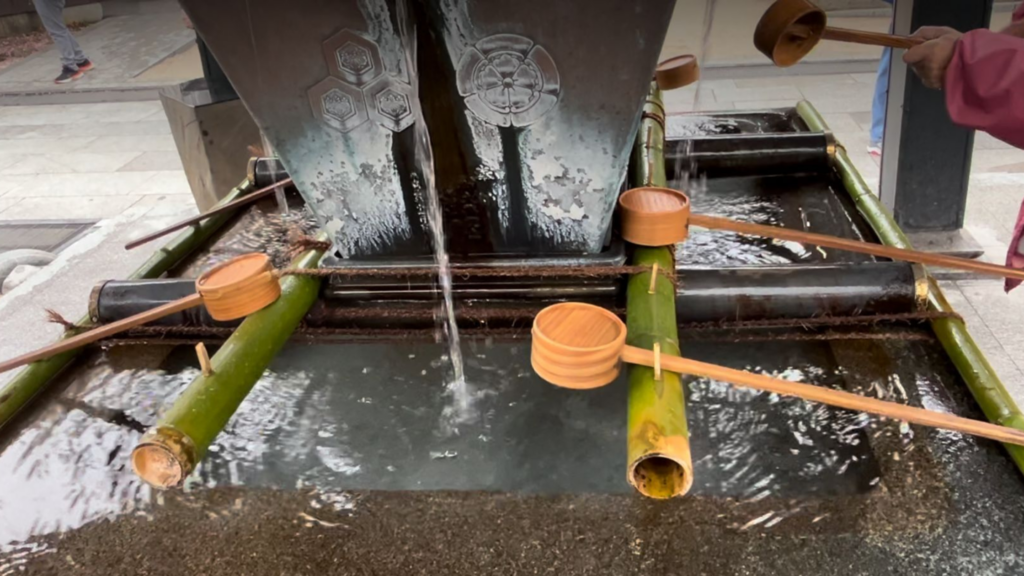
Every Shinto shrine has running water, sometimes for sounds and for natural beauty but there are also washing stations that fit the focus on purity. | Photo credit: Encounter World Religions
Beauty and Precision
Shinto emphasizes ritual performances and artistic displays (of dance, music, martial arts, etc.). Focusing less to inner intent and more on outer perfection seems reflected in the culture’s attention to beauty and aesthetics. Rooms have small decorative details that show thought and concern for how the environment affects us. Details matter. Japan is even famous for its stationery. How can you become famous for paper and pens? Because quality is baked into everything they do. A religion that emphasizes aesthetics and precision contributes to this outlook.
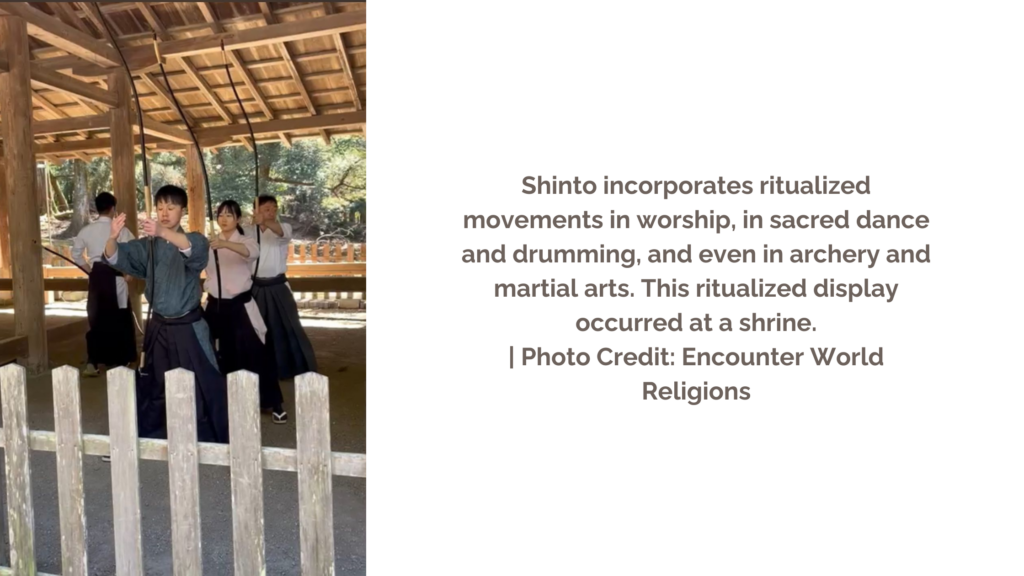
Less Individualism
Protestantism promotes individualism. It teaches there are no intermediaries between you and God (lowering the status of priests and elevating the common person) and that God communicates directly with you, has a plan for you, and died to save you. The Reformation was a big contributor to the emergence of Western individualism. In Japan’s Confucian culture (Confucianism, Shinto and Buddhism all play significant roles here), family and ancestors take pride of place. The person is but part of the whole and not more important than it. Our guide commented at how people here understand you should not stick out too much. Folks speak softly and, she noted, often are less direct in their requests as being blunt about your wishes is impolite. Confucianism stresses the group and harmony.
Pop Culture
Finally, culture also impacts a tradition. Japan prizes pop culture with cute, child-like cartoon characters being everywhere. In malls, you see what I might call “adult-kid” stores where the goods are those of a children’s store (even playing store music that sounds like children’s TV shows), but the store caters to people in their 20s and 30s. One mall had a four-story statue outside of a “Transformer,” a fictional character from kids’ television. But what really got my attention was the incorporation of two giant fictional animated characters in one of the country’s most famous Buddhist temples. Japan incorporates pop culture and values it enough to weave it into the sacred.
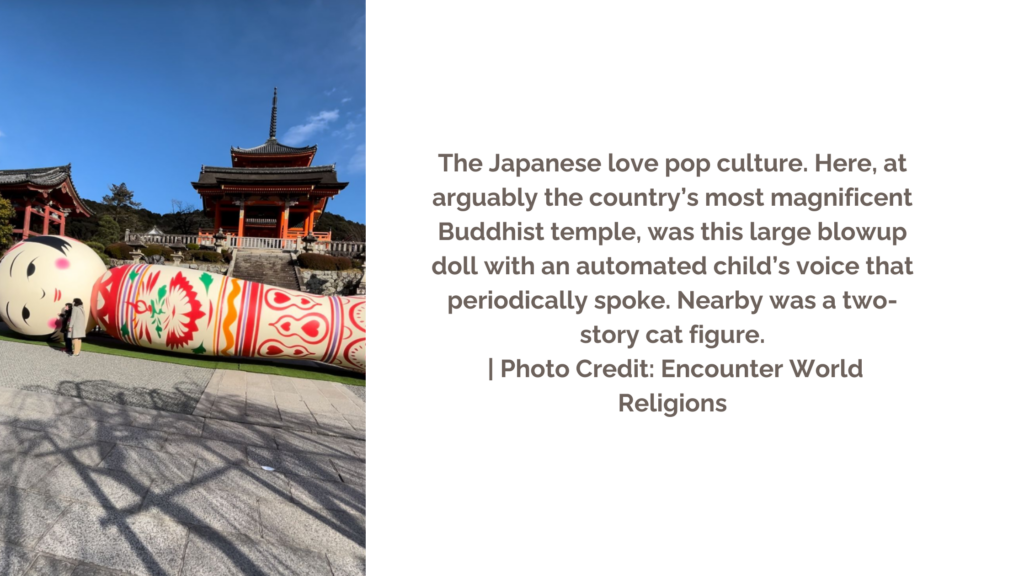
Folk-Traditions Versus Doctrinal, Text-Based Religions
In many places in the world, the earliest forms of religion we know of are essentially folk traditions. People, living in communities,developed specific practices and beliefs and passed them down because they felt they were effective. Things were not written down and, hence, there were no elaborate doctrines or traditions of text-based learning, argument, and philosophizing. Later, some text-based traditions sometimes emerge and change religiosity as learned specialists create more elaborate teachings.
Shinto, to my eyes, has managed to maintain some of the characteristics of a folk religion. Writing arrived in Japan around the 8th century CE, and the culture is hyper-modern, but the religion remains one of traditional practices with no real scriptures or explicit theology. It is what Japanese people do. It shows the power of having traditions and ways of doing things that are passed down and that don’t always need to be explained to have meaning and to provide structure and order to our lives.
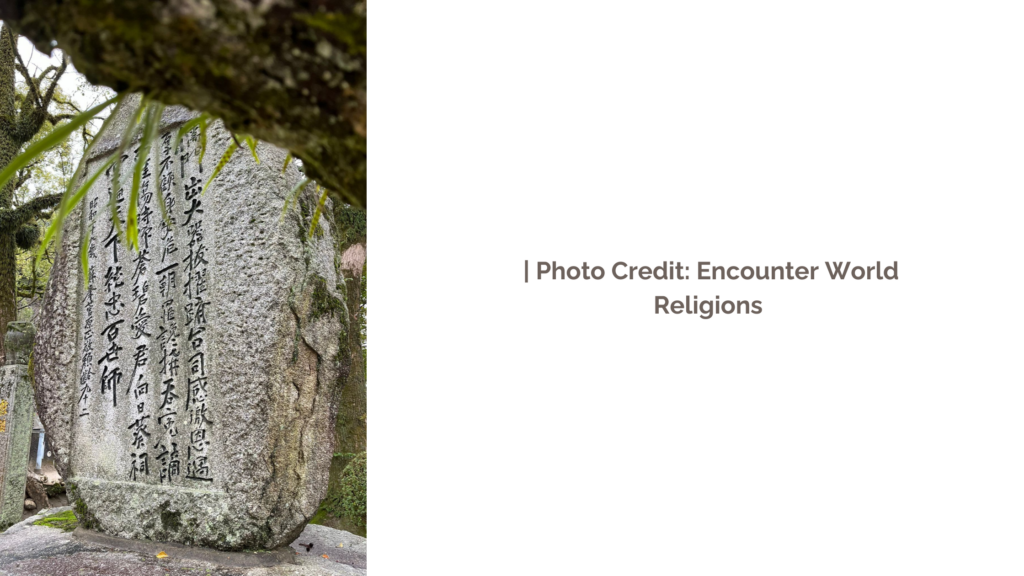
I’m so grateful to have had this time in Japan. I learned so much. If you would like to see a bit of these fantastic places, below are two 1-minute videos I made of two of the shrines. And if life affords you the great honour to get to Japan, go visit the shrines and temples in Kyoto and Nara if you get a chance. I think you will feel quite blessed by your exposure to Japanese religiosity.


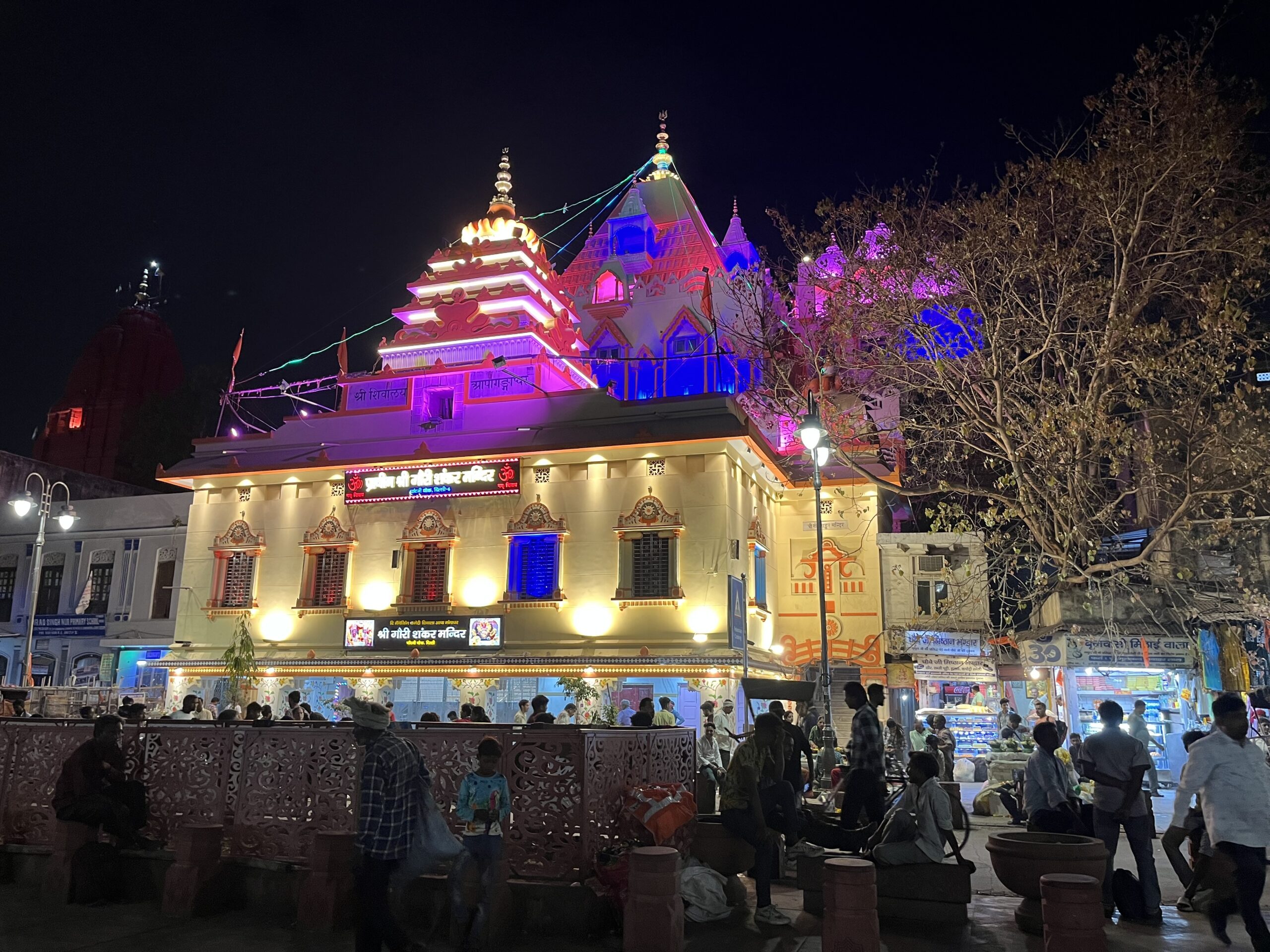
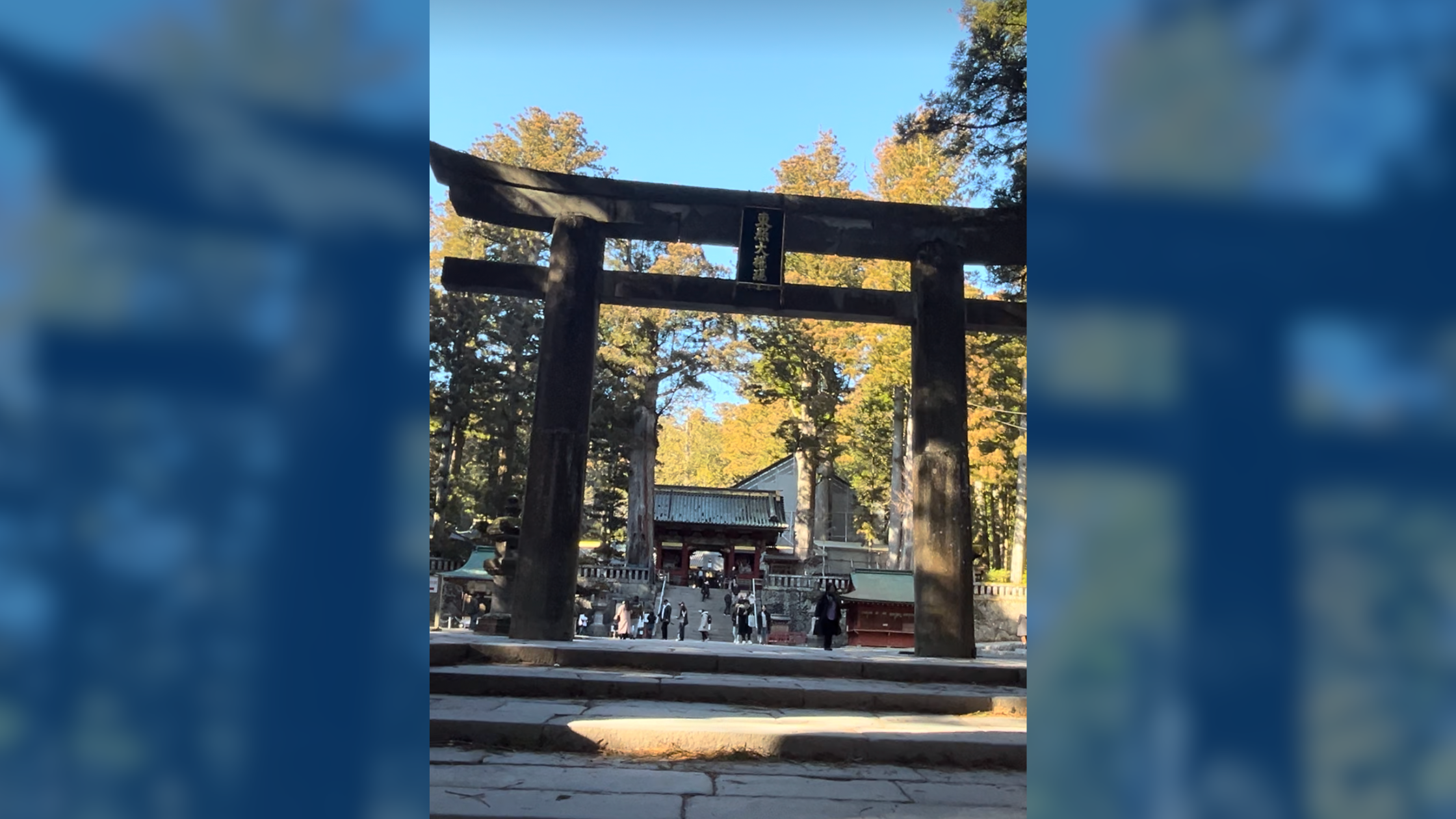

So informative. Thank you. We may learn so much from the Japanese.